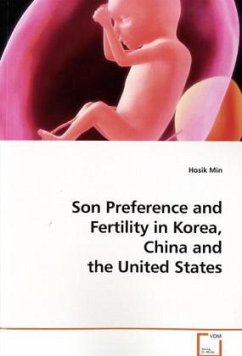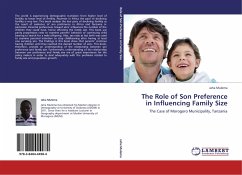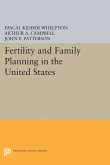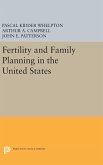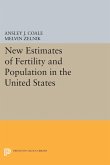The goal of this work is to examine the impact of son preference on fertility in China and South Korea compared with the U.S. The impact that a female birth has on the likelihood of a woman having another birth is of the most concern: Women who have one or two daughter(s) as previous child(ren) are expected to be more likely to experience the hazard of having a second or a third birth. The results showed that women in China and South Korea who had a daughter instead of a son as their first child had a higher hazard of having a second birth as expected. Moreover, the results showed that the hazard ratio of having a third birth for Chinese and South Korean women was almost four and five times more, respectively. As expected, the hazard ratios for the U.S. were notsignificant. The more educated women who had a daughter(s) instead of a son(s) as their previous child(ren) were less likely to have a second birth, but not in the third birth. This means women s education apparently does not reduce son preference in the case of the third birth. Thus, women s education apparently has limitedor no influence on the childbearing decision where son preference is strong.

